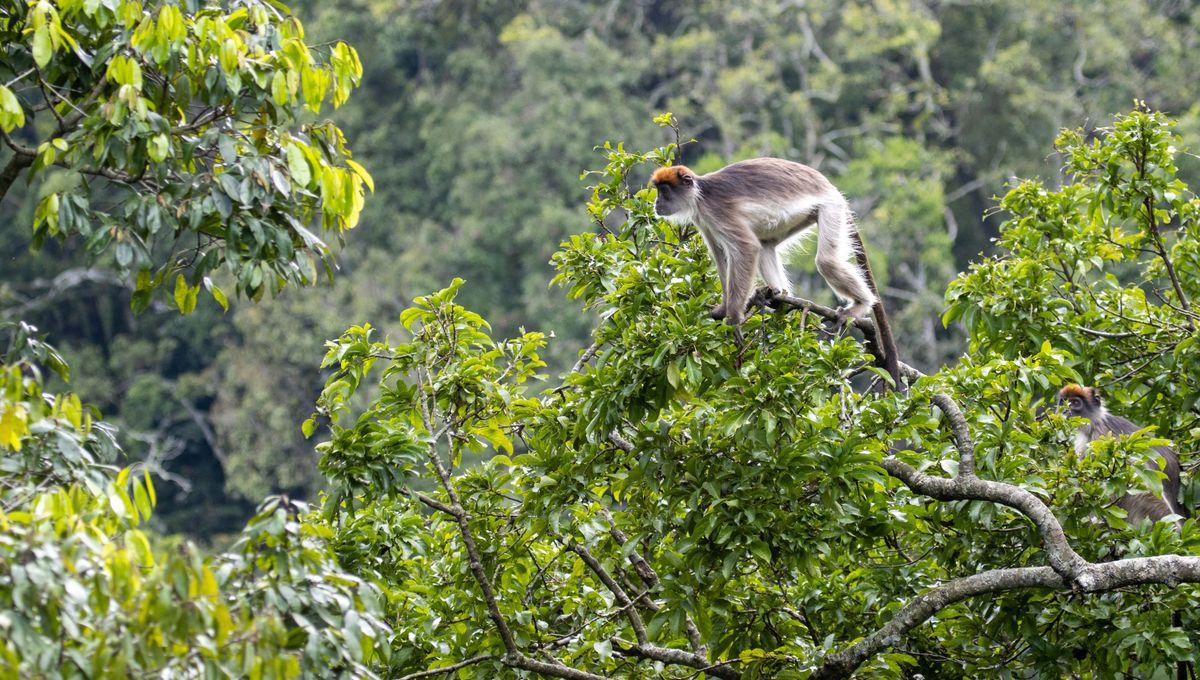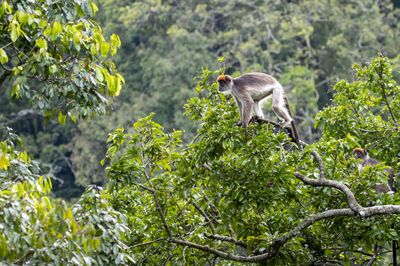There are lots of mysterious animal species on planet Earth; some are widespread and easy to find, while others hide away in tiny pockets of habitat rarely seen by humans. One such species, the Foa’s red colobus monkey, has recently been spotted in the Democratic Republic of the Congo (DRC) Kabobo Wildlife Reserve, where it was filmed for the very first time.
The Wildlife Conservation Society shared the footage to its Facebook page, explaining: “This species used to be widespread in Kahuzi-Biega National Park and across Itombwe Mountains all the way down to Kabobo, but have been hunted out. Nowadays, the Kabobo Wildlife Reserve may be the only location where they continue to exist.” In total, there are 17 species of red colobus monkeys that occur across Africa; together, they make up the continent's most threatened group of monkeys. The Foa’s red colobus is a particularly elusive species, with only one reported sighting since 2003. This is largely due to the loss of habitat and hunting of the species for local consumption and the bushmeat trade. The species has also suffered due to ongoing political and military conflicts across the DRC, though that has also prevented urbanization of their habitat. Foa’s red colobus typically has a red crown around a grey face, with its body said to resemble someone wearing a grey shirt with red sleeves and red trousers. Males can weigh between 9 to 13 kilograms (20 to 29 pounds), and females are slightly lighter. The species' diet is mainly leaves and seeds, and they spend a significant portion of their time resting in the trees. They live in large groups of 25 to 40 individuals and are predated upon by chimpanzees. Little is known about their behavior due to the difficulties associated with researching this species, but they are known to be very vocal, with multiple calls and vocalizations. The IUCN suggests that to conserve the Foa’s red colobus, the Kabobo Massif Reserve Complex needs to be protected, and that sanctions and regulations on the killing of these monkeys and bushmeat in general would help these efforts.





